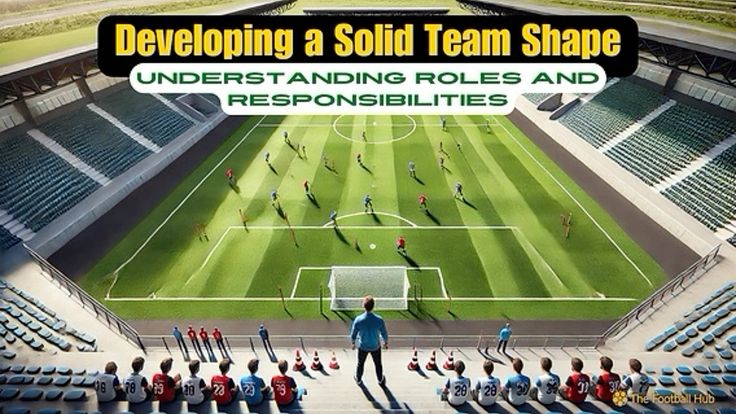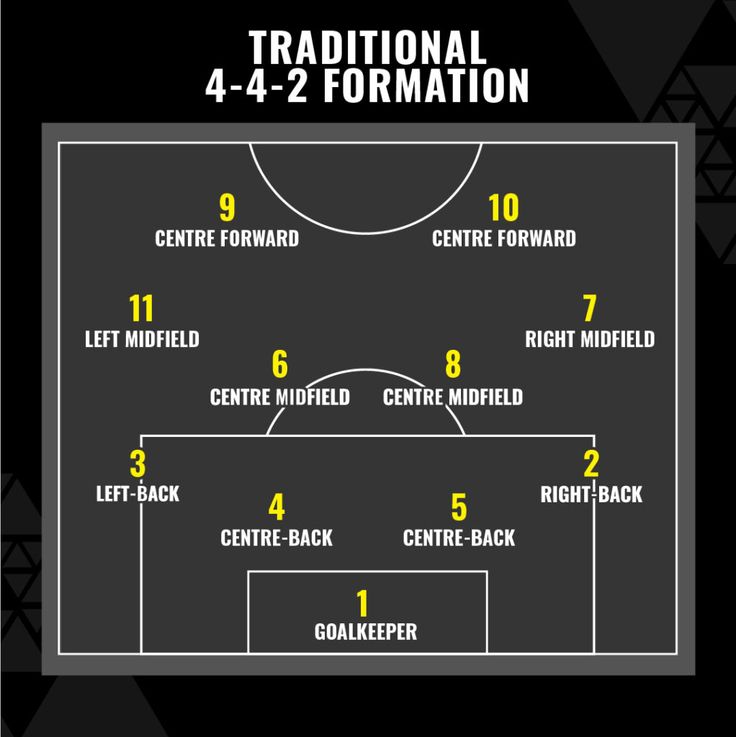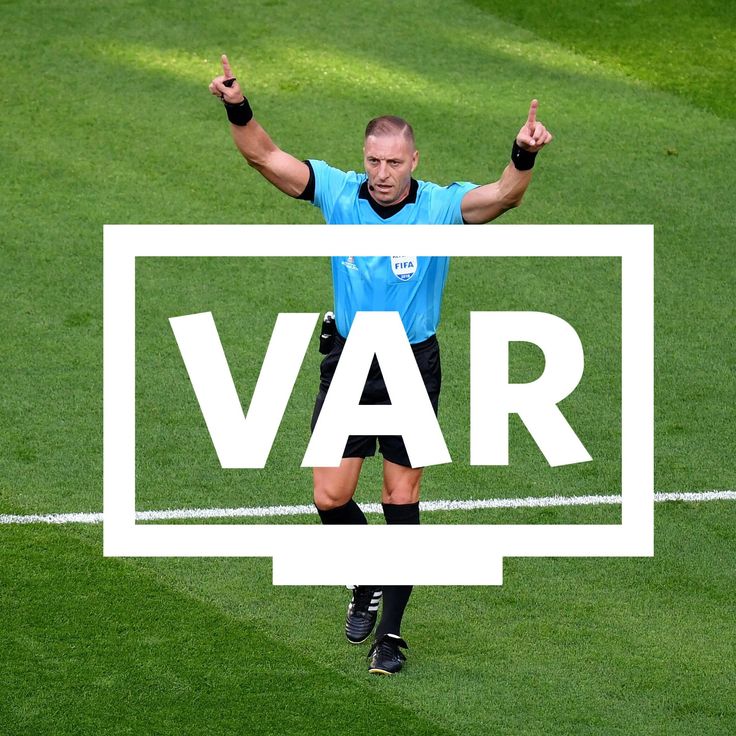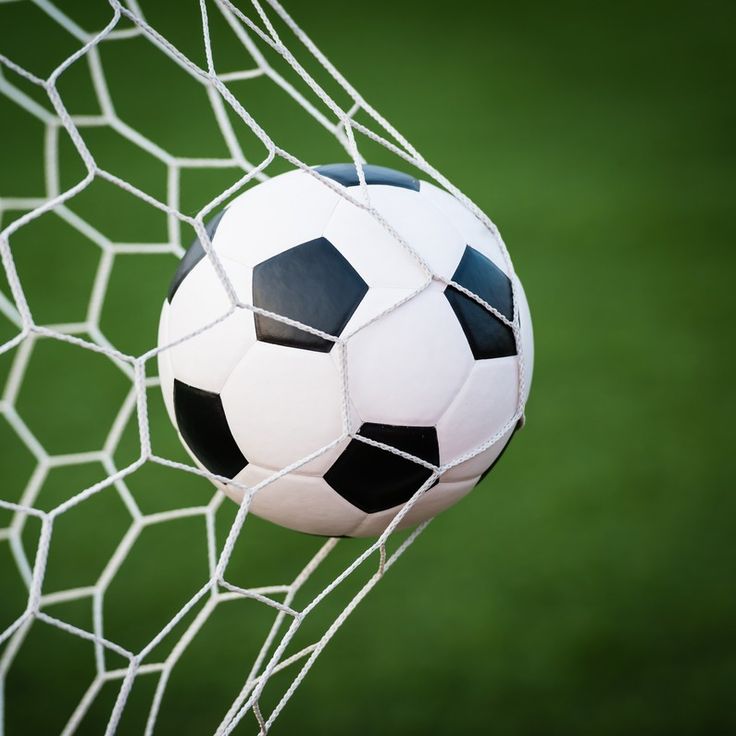Football is not just a sport—it’s a global phenomenon that transcends borders and cultures. From youth leagues to elite international tournaments, billions are drawn to the thrill of the game. Yet, at the heart of every match lies one clear and compelling question: what is the main objective in playing football? This article explores that central goal and the rules, strategies, and dynamics built around it.
Introduction
Football, or soccer, is more than just a game. It embodies passion, strategy, culture, and competition. In every corner of the world, the main objective in playing football remains the same: outscore the opponent within the framework of fairness and teamwork.
The Core Objective of Football
Scoring Goals
The essence of the game is scoring more goals than the opponent. A goal is scored when the ball completely crosses the goal line between the posts and under the crossbar, without rule violations.
Winning Within the Laws
Victory is not solely about athleticism—it’s about discipline and teamwork within defined rules, making football a game of structure and creativity.
Understanding the Laws of the Game
The 17 Laws of Football
Football is governed by 17 laws set by IFAB. These laws standardize everything from match length to player behavior.
Modifications for Various Levels
Adjusted rules exist for youth, amateur, and senior players, but the central goal—scoring and winning—remains intact.
Game Duration and Structure
Regulation Time
Matches are 90 minutes long, split into two 45-minute halves, with 15 minutes halftime and added stoppage time.
Tiebreaking Methods
Extra Time
Two 15-minute halves added when needed in knockout matches.
Penalty Shootouts
Used if scores remain level after extra time to determine the winner.
The Playing Field and Equipment
Field Dimensions
Pitches vary slightly in size but follow strict international standards for fairness and balance.
Ball Specifications
Balls must meet specific size, weight, and pressure criteria to ensure consistent gameplay.
Player Kits and Equipment
Players wear jerseys, shorts, socks, shin guards, and cleats. Goalkeepers wear distinct colors.
Roles and Responsibilities of Players

Goalkeeper
Defends the goal; only player allowed to use hands inside the penalty area.
Defenders
Protect the goal and disrupt opposing attacks.
Midfielders
Connect defense with offense; control possession and tempo.
Forwards
Lead attacking plays and aim to score goals.
Scoring and Winning the Game
How Goals Are Scored
Requires full ball crossing the goal line legally. Referees and VAR help confirm legality.
Victory Conditions
Winning team is the one with more goals at full-time or after tiebreakers.
The Role of the Referee and Assistants
Main Responsibilities
Referees enforce the rules, track time, and manage match discipline.
Assistant Referees
Monitor offsides, throw-ins, and corner decisions from sidelines.
Fourth Official
Handles substitutions and technical area conduct.
Fouls and Free Kicks
What Constitutes a Foul
Includes tripping, pushing, handball, and dangerous tackles.
Types of Free Kicks
Direct Free Kick
Can be shot directly into goal; awarded for serious fouls.
Indirect Free Kick
Requires another player to touch ball before goal can be scored.
Cards and Disciplinary Measures
Yellow Card
Serves as a warning; two in one game equals red card.
Red Card
Results in immediate dismissal from the match for serious offenses.
Common Offenses
Include violent conduct, diving, time-wasting, and dissent.
Evolution of Football Rules
Key Changes Over Time
Offside rule in 1925, substitutions in 1965, and red/yellow cards in 1970s revolutionized the game.
Modern Adjustments
Rules like back-pass ban and offside tweaks aim to promote attacking play.
Tactical and Strategic Approaches
Formations and Systems
4-3-3, 4-4-2, 2-3-5 are common. Chosen based on team strengths and opposition.

Styles of Play
Possession-based, counter-attacking, pressing styles are deployed with one aim: score and win.
The Influence of Culture and Region
Playing Styles
South American flair vs. European discipline: both strive toward goal scoring with different methods.
Referee Interpretation
British leagues more tolerant of tackles; European tournaments stricter on fouls.
Technology and Modern Officiating
Video Assistant Referee (VAR)
Used to review crucial decisions involving goals, penalties, and red cards.
Impact on Fairness
VAR increases accuracy but is limited to major events with FIFA approval.

Conclusion
In every match, at every level, what is the main objective in playing football remains constant: score more goals than your opponent, within the rules, and with respect for the game. From player strategies to referee decisions and technological advancements, everything in football revolves around this central aim. By understanding it, we unlock a deeper appreciation for the most beloved sport on Earth.

